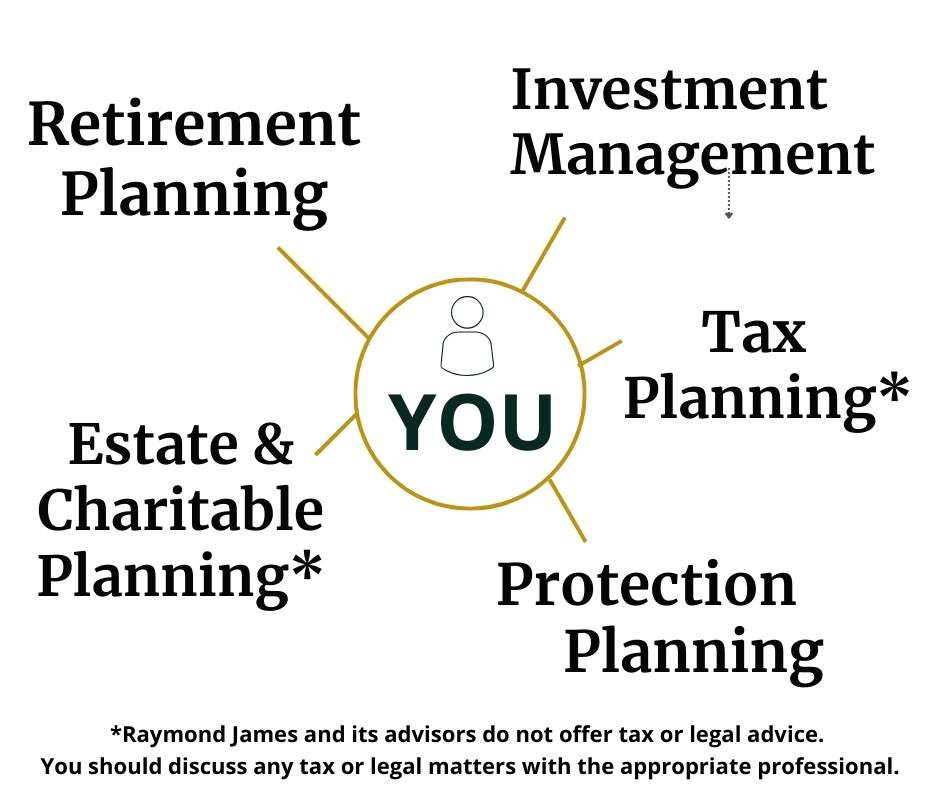Protecting Your Legacy
Protecting Your Family and Your Legacy
When Pablo Picasso died in 1973 at the age of 91, he left behind five houses, cash, gold, bonds, and artwork. Because he didn’t have a will, it cost $30 million dollars and took six years for his assets to be divided among his heirs.
Unfortunately, Picasso wasn’t unusual in neglecting to plan for the inevitable. Many people don’t have a will, let alone an integrated plan designed to safeguard your estate, the people you love, and future generations.
AN ESTATE PLAN SERVES FOUR MAJOR PURPOSES:
- Directs who will receive your property when you die.
- Minimizes probate costs and any estate taxes that might be owed on that property.
- Provides for the care of minors – otherwise the state will become their guardians.
- Provides for your care if you are unable to provide for yourself. A proper plan ensures that you get to
pick the caregivers, not the state.
People often find the first issue most critical – ensuring that your assets go to the people you choose.
-
- Property you hold in joint tenancy with someone will go to that person, typically your spouse.
- Beneficiaries named in your insurance policy, individual retirement accounts (IRA), or your qualified retirement
plan at work will receive that property. - But, if you die intestate – without a will – your local probate court will decide who receives any property you
hold solely in your name.
What if you want some of your property to go to friends, relatives, or children from a previous marriage?
For example, you want your friend Evelyn to get your teacup collection and son Jack to get your golf clubs. A will and letter of instructions can specify who receives what, so that your heirs aren’t left feuding over property.
Without a will and perhaps the use of a trust, your spouse could end up with everything. That may sound great, but your property could later end up in the hands of someone your spouse marries or their heirs, not in the hands of your friend or the children from your previous marriage.
What if you are widowed or divorced or want one child to receive the bulk of your property?
Perhaps you have a child who is disabled who you want to be sure is taken care of. Or maybe one child is a poor manager of money or is facing divorce. Without a will, many probate courts would distribute your assets equally to your heirs.
Without an estate plan, not only might the wrong heirs end up with your property, the federal and state government could end up with a good chunk of it. Whereas relatively simple trusts such as a bypass trust or an irrevocable life insurance trust can help shield the assets from taxes, or at least help pay the taxes with a minimum of cost.
Not convinced you have a large enough estate to worry about?
Think again. Many people think about the estate taxes when they think of an estate plan, and don’t draw one up because they don’t think they have an estate large enough to be taxed. But these days, with qualified retirement plans, IRAs, stock options, life insurance, and homes fluctuating in value, more and more families are finding themselves vulnerable to federal and state estate taxes. You can pass your property to your spouse tax-free, but that is only postponing the tax bite.
The government will collect when he or she dies.
We put off estate planning for any number of good reasons – we’re young and don’t think we need one yet, we don’t want to deal with something that means thinking about dying, we dread the thought of working with a lawyer, or we just don’t realize the impact of going without one. But it’s never too early to start a plan to help preserve, protect and transfer your assets to the people and organizations you care about.
NOT A CORNERSTONE CLIENT?
If you have questions about your financial plan please contact us today to schedule a complimentary, no obligation review with one of our advisors. Call 605.357.8553 or email cfsteam@mycfsgroup.com.
Raymond James and its advisors do not offer tax or legal advice. You should discuss any tax or legal matters with the appropriate professional.
Sources:
9 Famous People Who Died Without a Will, https://www.legalzoom.com/articles/10-famous-people-who-died-without-a-will
Will(ful) Neglect: Survey Reveals Nearly 60% of Americans Unprepared for the Inevitable, https://finance.yahoo.com/news/ful-neglect-survey-reveals-nearly-130400538


